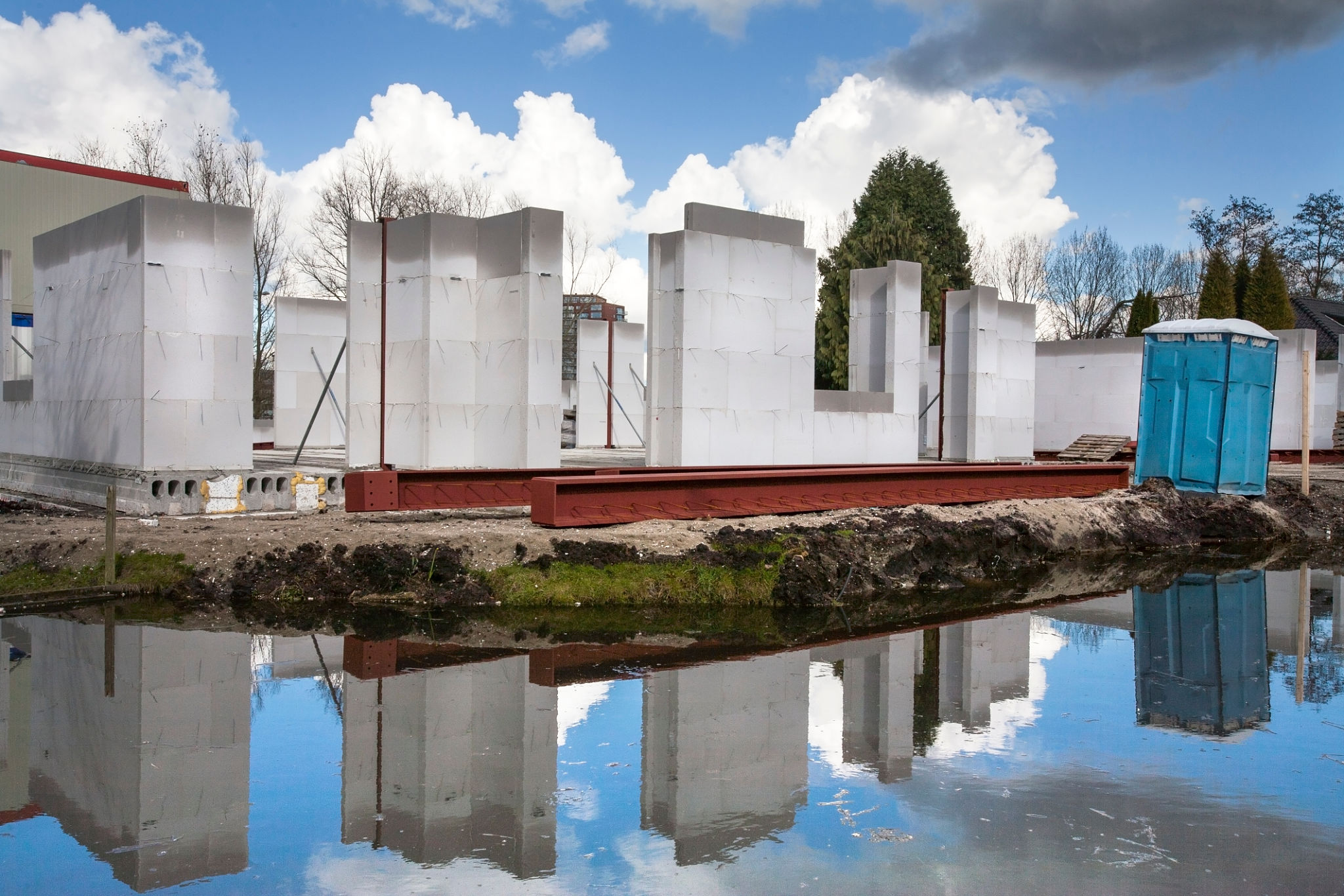Why Brisbane's Unique Climate Makes Concrete the Best Choice for Your Home
MB
Understanding Brisbane's Distinctive Climate
Brisbane is known for its subtropical climate, characterized by hot, humid summers and mild, dry winters. This combination of high humidity levels and occasional heavy rainfall presents unique challenges and considerations for homeowners when selecting building materials. Concrete emerges as a particularly suitable choice due to its resilience and durability under these conditions.

The Durability of Concrete in Humid Conditions
One of the primary benefits of using concrete in Brisbane's climate is its ability to withstand moisture. Unlike other materials that may warp, rot, or degrade in humid conditions, concrete maintains its structural integrity. This makes it an ideal choice for foundations, driveways, and external walls, where exposure to moisture is inevitable.
Concrete's resistance to mold and mildew further enhances its appeal. In a region where humidity often leads to the growth of these unwanted organisms, concrete offers a low-maintenance solution that helps prevent health issues and structural damage associated with mold infestation.
Heat Resistance and Thermal Efficiency
In addition to its moisture-resistant properties, concrete provides excellent thermal mass, helping to regulate indoor temperatures. During Brisbane's hot summers, concrete absorbs heat during the day and releases it slowly at night, reducing the need for artificial cooling and leading to energy savings.

This thermal efficiency is not just a comfort advantage; it also contributes to sustainability. By minimizing reliance on air conditioning, concrete homes can reduce their carbon footprint, aligning with the growing emphasis on eco-friendly living practices.
Concrete's Ability to Handle Heavy Rainfall
Brisbane experiences periods of intense rainfall, which can lead to flooding and water damage. Concrete's impermeability makes it highly effective in preventing water ingress that could compromise the structural integrity of a building. In flood-prone areas, concrete structures can be designed with elevated foundations or barriers that further mitigate water damage risks.
Moreover, concrete is an excellent material for stormwater management systems. Concrete drains, culverts, and channels efficiently direct excess water away from properties, protecting both the home and its surroundings from erosion and flooding.

Aesthetic Versatility
Beyond its practical benefits, concrete offers a range of aesthetic possibilities. Modern concrete finishes can mimic the appearance of more expensive materials like stone or wood at a fraction of the cost. This versatility allows homeowners to achieve their desired look without compromising on durability or performance.
Concrete can be polished, stained, or stamped to create visually appealing surfaces that enhance the overall aesthetic of a home. This adaptability makes it an attractive option for both contemporary and traditional architectural styles prevalent in Brisbane.
Conclusion
Brisbane's unique climate demands building materials that can withstand humidity, heat, and heavy rainfall while offering aesthetic flexibility. Concrete meets these requirements with unmatched durability, thermal efficiency, and water resistance. Whether you're constructing a new home or renovating an existing one, choosing concrete ensures a structure that's not only resilient but also capable of providing comfort and style for years to come.
